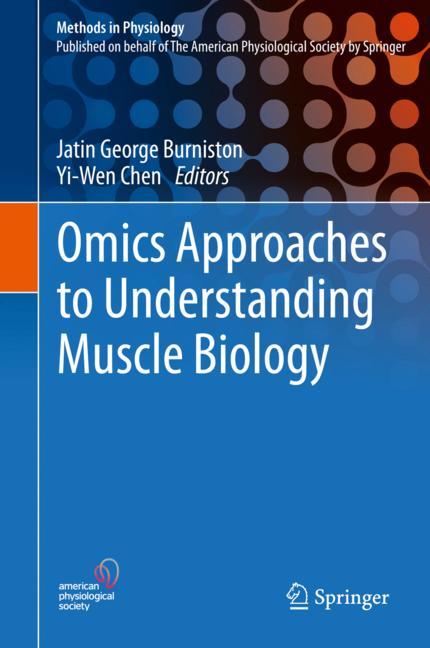مشاهده سبد خرید “ABC of Anxiety and Depression 2014” به سبد خرید شما اضافه شد.
Omics Approaches to Understanding Muscle Biology 2019
دانلود کتاب پزشکی رویکرد Omics برای درک زیست شناسی عضلانی
ناشر:
Springer US
| نویسنده |
Jatin George Burniston, Yi-Wen Chen |
|---|
| تعداد صفحهها |
217 |
|---|---|
| نوع فایل |
|
| حجم |
6 Mb |
| سال انتشار |
2019 |
89,000 تومان
دانلود ۳۰.۰۰۰ کتاب پزشکی فقط با قیمت یک کتاب و ۹۹ هزار تومان !
توضیحات
این کتاب مجموعهای از اصول و شیوههای رایج در تحقیقات omics است که در فیزیولوژی و اختلالات ماهیچههای اسکلتی به کار میرود. بخش های مختلف بر اساس سطح سازمان بیولوژیکی، یعنی ژنومیک (DNA)، ترانس کریپتومیکس (RNA)، پروتئومیکس (پروتئین) و متابولیسم (متابولیت) طبقه بندی می شوند. با عضله اسکلتی به عنوان یک موضوع متحد کننده، و با کمک متخصصان برجسته در این زمینه تحقیقاتی سنتی، اهمیت بافت عضله اسکلتی برای رشد، سلامت و پیری موفق انسان را برجسته می کند. همچنین موضوعات جذاب دیگری مانند زیست شناسی رشد، دیستروفی عضلانی، ورزش، مقاومت به انسولین و آتروفی ناشی از غفلت، افزایش سن یا سایر بیماریهای عضلانی را مورد بحث قرار میدهد و فرصتهای عظیمی را برای ایجاد فرضیههای جدید و همچنین آزمایش فرضیههای موجود با ترکیب بازده بالا بیان میکند. تکنیک ها با طرح های تجربی مناسب و بیوانفورماتیک و تجزیه و تحلیل های آماری.
این کتاب با ارائه آخرین تکنیکهای تحقیقاتی، منبع ارزشمندی برای جامعه فیزیولوژی، بهویژه محققان و دانشجویان فارغالتحصیل است که میخواهند فرصتهای جدیدی را برای تکنیکهای دور برگشت در تحقیقات پایه فیزیولوژی کشف کنند.
توضیحات(انگلیسی)
This book is a collection of principles and current practices in omics research, applied to skeletal muscle physiology and disorders. The various sections are categorized according to the level of biological organization, namely, genomics (DNA), transcriptomics (RNA), proteomics (protein), and metabolomics (metabolite). With skeletal muscle as the unifying theme, and featuring contributions from leading experts in this traditional field of research, it highlights the importance of skeletal muscle tissue in human development, health and successful ageing. It also discusses other fascinating topics like developmental biology, muscular dystrophies, exercise, insulin resistance and atrophy due to disuse, ageing or other muscle diseases, conveying the vast opportunities for generating new hypotheses as well as testing existing hypotheses by combining high-throughput techniques with proper experiment designs, bioinformatics and statistical analyses.
Presenting the latest research techniques, this book is a valuable resource for the physiology community, particularly researchers and grad students who want to explore the new opportunities for omics technologies in basic physiology research.




